
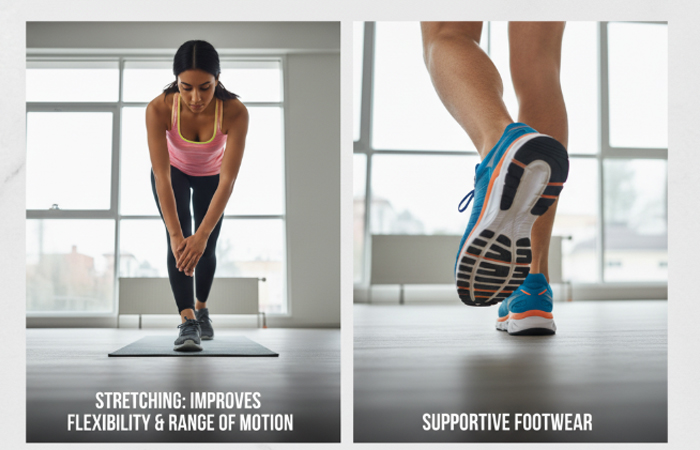
Physical fitness is about more than strong muscles and regular stretching. Despite the explosion of stretching routines, yoga trends, and mobility-focused training, one factor remains irreplaceable for foot and body health: quality footwear. In 2025, innovations in the footwear industry make shoes smarter, more supportive, and more personalized than ever—highlighting why the right pair matters, even for the most disciplined athlete or wellness enthusiast.
Stretching keeps muscles and tendons flexible, ensures mobility, and reduces some injury risks. However, no amount of stretching can:
Proper footwear:
Studies consistently show that the right shoe:
In contrast, tight, stiff, or non-supportive shoes—even if “stretched to fit”—can lead to calluses, blisters, joint pain, shin splints, and chronic discomfort.
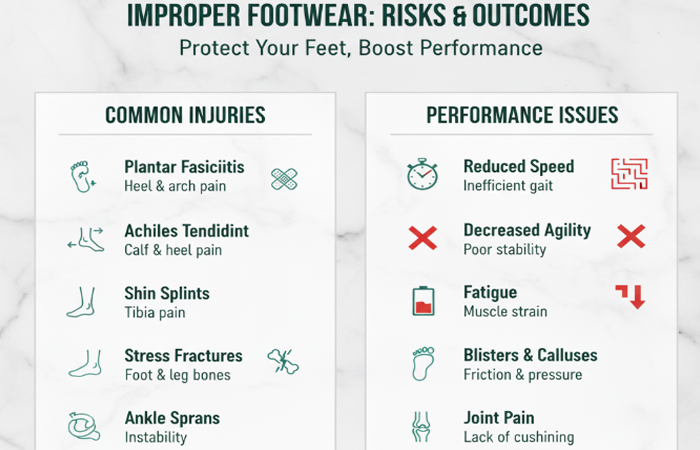
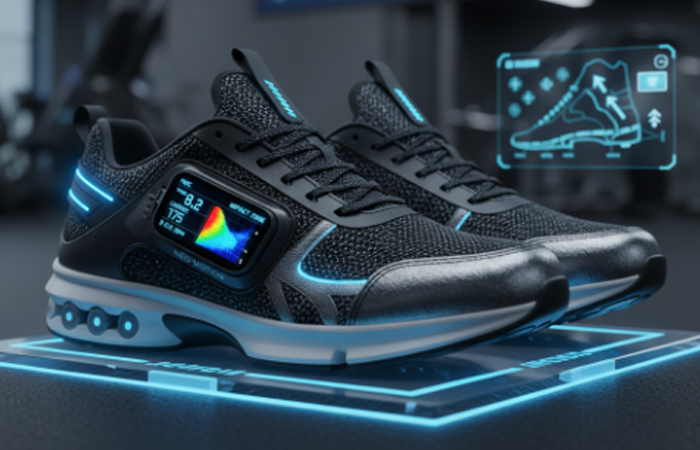
Stretching is vital for:
But even the most flexible person needs:
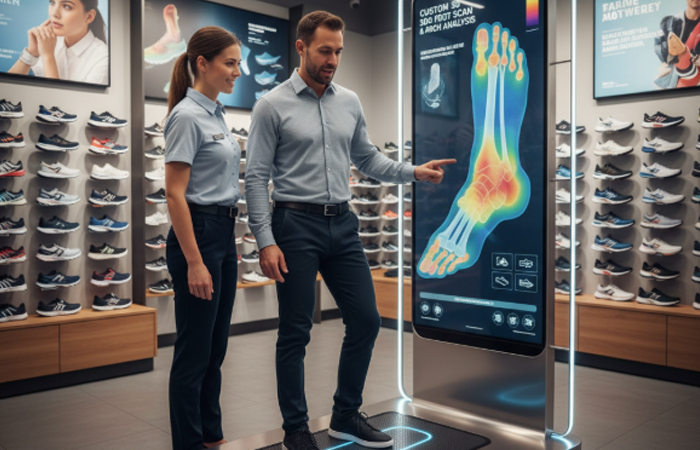
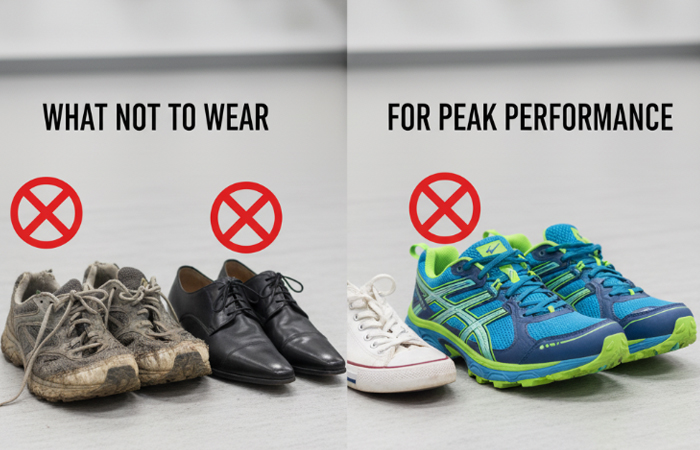
No. Stretching can marginally improve a shoe’s fit, but cannot account for structural or cushioning support.
How often should fit athletes replace shoes?Running shoes: every 300–500 miles. Training/lifting shoes: once support, tread, or stability fades, generally 1–2 years with intensive use.
Is barefoot training better than shoes?It has benefits in some cases (e.g., balance, foot strength), but most sports and gym activity are safest with well-designed shoes.
Stretching, mobility, and flexibility practices keep us limber—but only quality footwear protects us from ground impact, supports structural health, and sustains peak performance. With the 2025 wave of smart shoes, orthopedic-tech fusions, and sustainable design, it’s easier than ever to find a shoe that meets both health and lifestyle goals. For fit people and weekend warriors alike, smart investment in shoes is as critical as training itself—so stretch, lace up, and step forward with confidence.